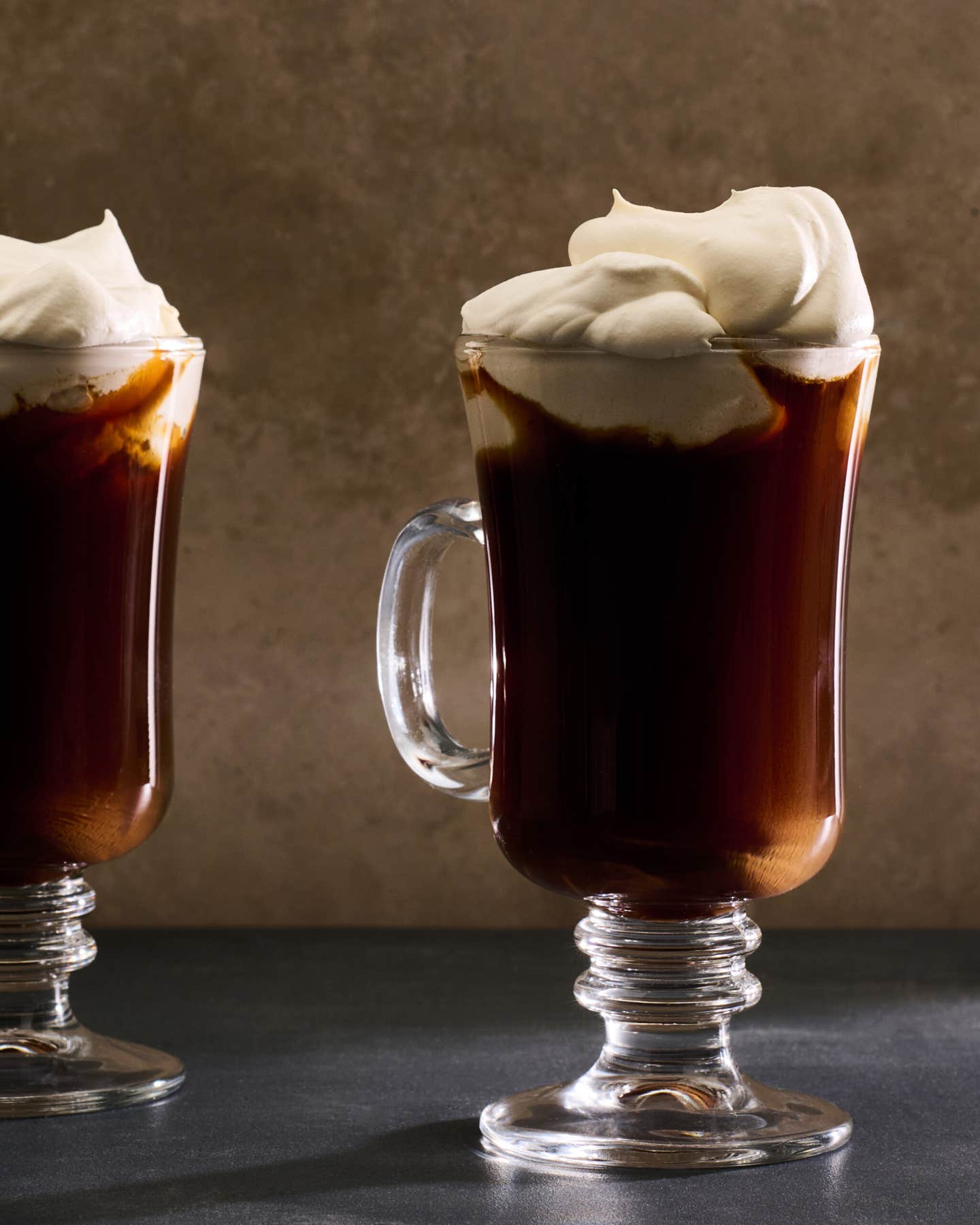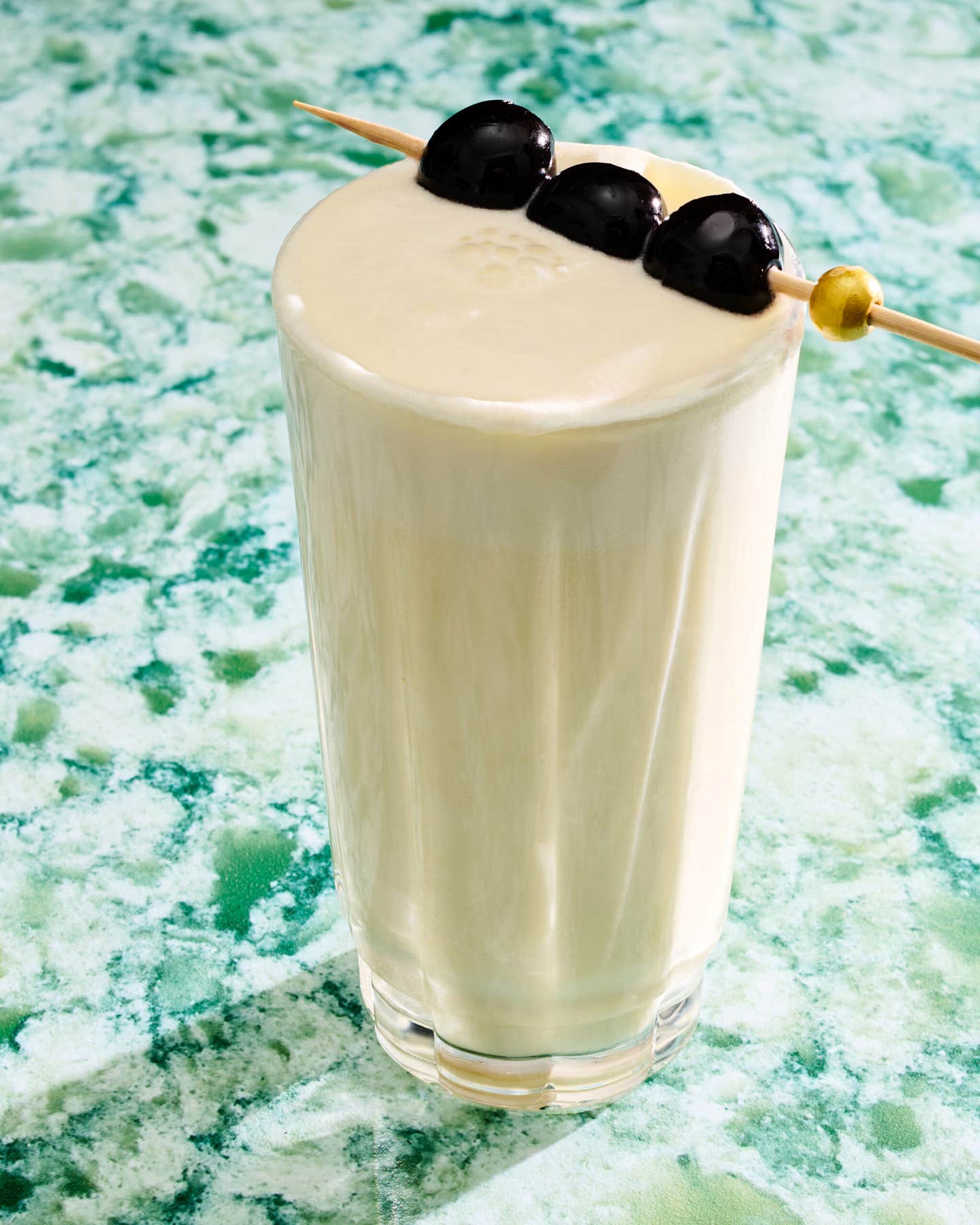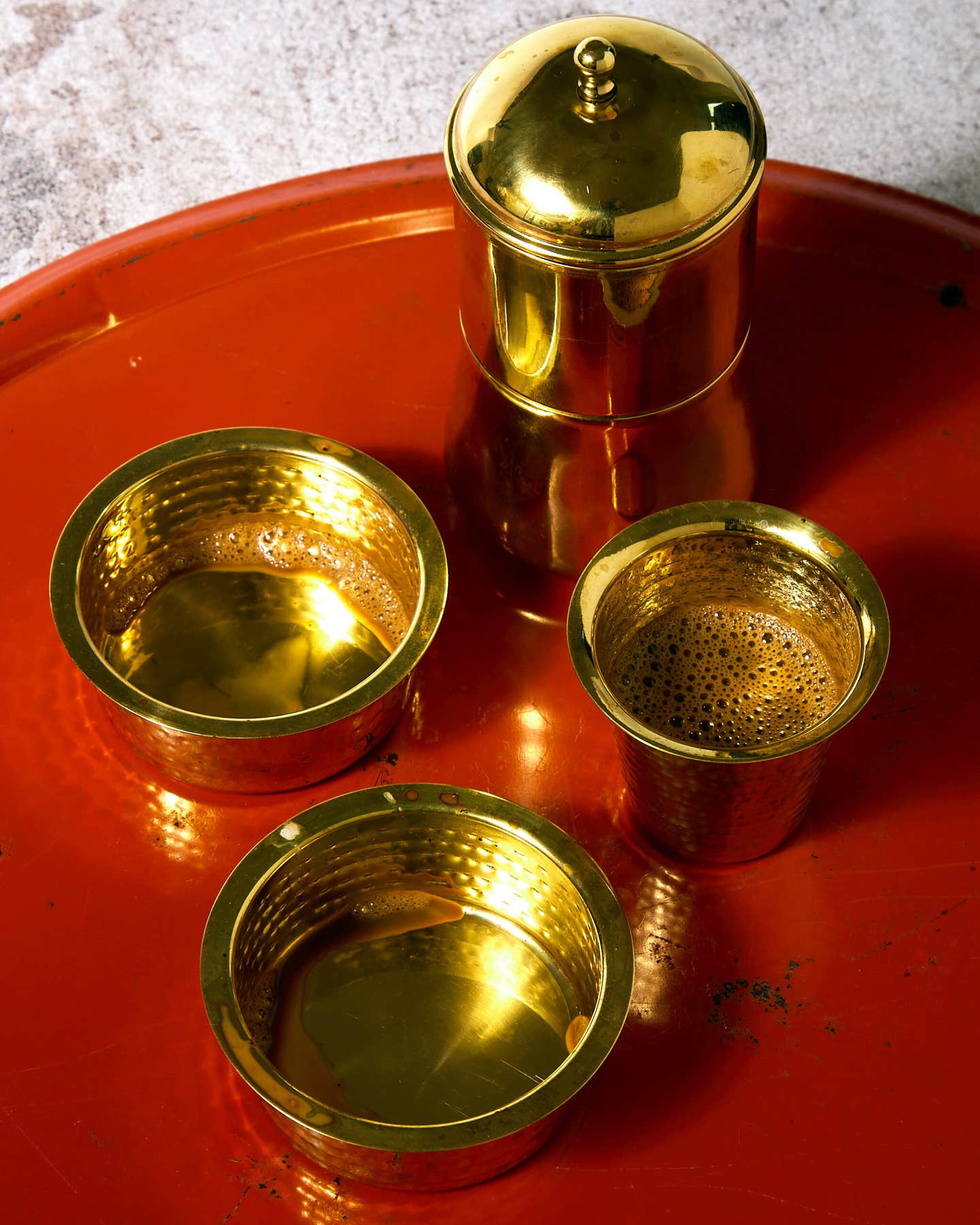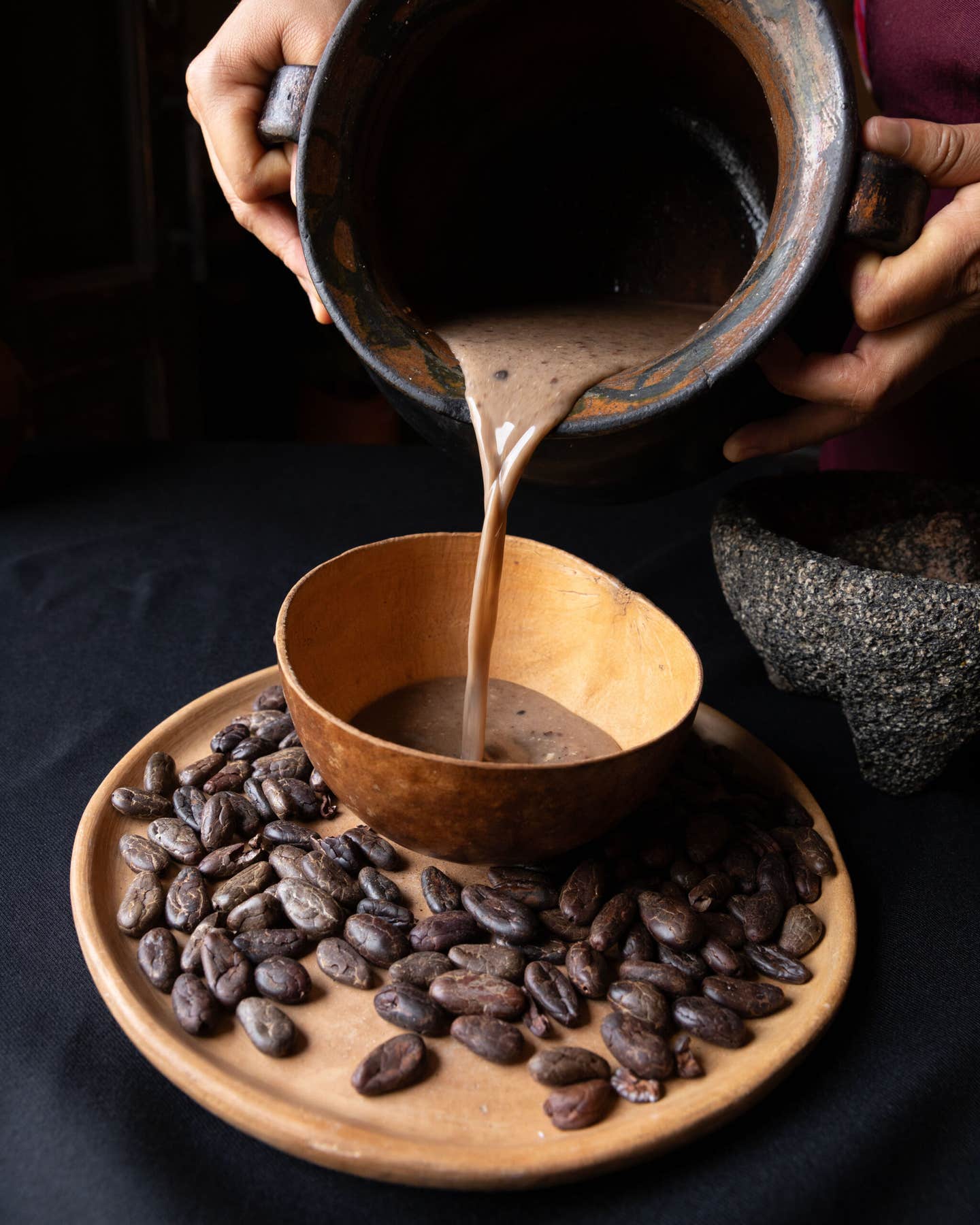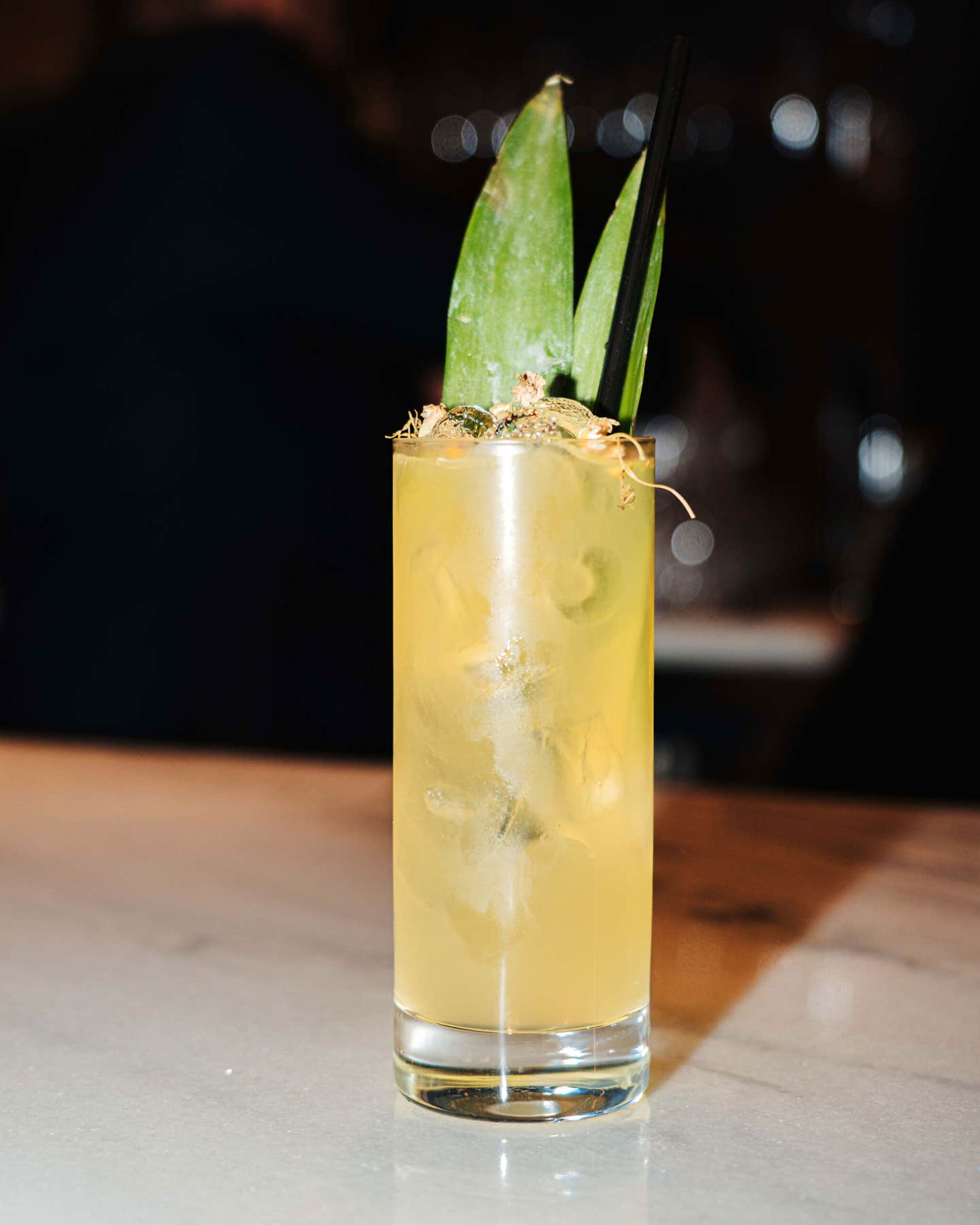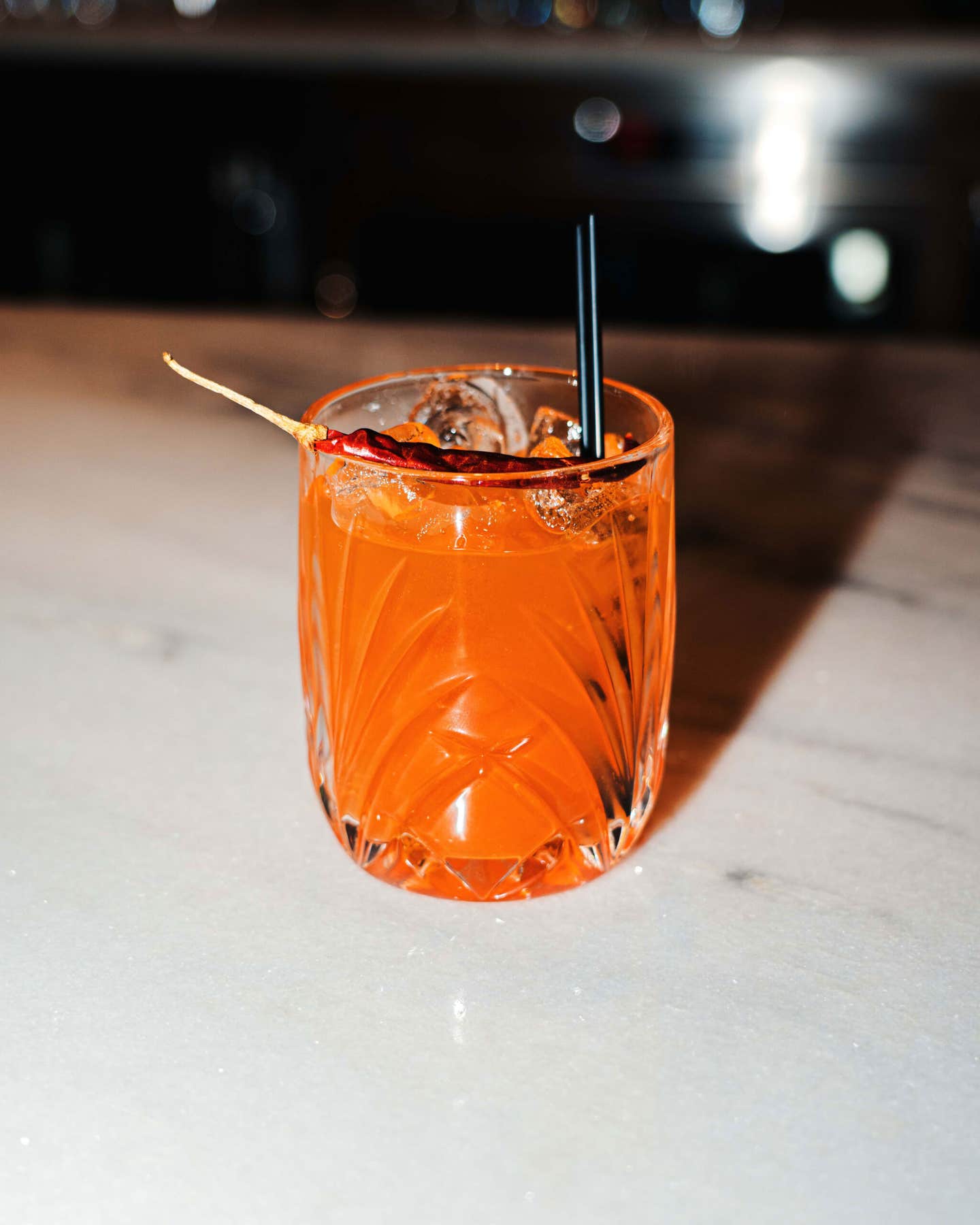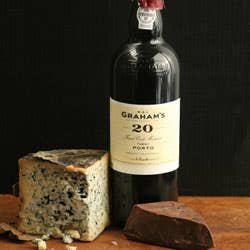
Instant Pleasure
Port needs time. This classic Portuguese dessert wine begins life as a callow combination of rough red wine and harsh clear brandy, and only after years—even decades—in cask or bottle does it evolve to become the legendarily smooth, supple, and richly hued drink that has inspired so many oenophiles' rhapsodies. As the English novelist George Meredith wrote, "one sip" can set you "swimming in the purple flood of the ever-youthful antique". Meredith and other 19th-century writers sang the praises of mellow ports poured from cobweb-covered bottles that had been stored for decades in their cellars. Today, by contrast, even ardent wine lovers often demand immediate gratification. Fortunately, producers age many varieties of premium port for us so that they are ready to drink when purchased. Rich and deeply refined, they are wines to savor, not to save.
Perhaps what's the most remarkable about these august wines, and all good ports, is the coarseness of their beginnings. Port is a comparatively recent invention, born of expediency rather than epicurism. The drink was first concocted in the late 17th century, when English merchants and Portuguese grape growers created a wine designed to satisfy a thirsty English market, parched at the time owing to war with France and a ban on all imported French products. To make a fermented beverage that would keep well during the sea journey from Portugal to England, winemakers added brandy to dry red wine, delaying oxidation. Commonly called blackstrap, the amalgam was cheap, throat-burning stuff. By the early 18th century, however, some Portuguese vintners were adding the brandy to the wine during its fermentation, arresting the conversion of sugar to alcohol and thus producing a noticeably sweeter, if still relatively unsophisticated, drink. Eventually, people realized that port tended to lose its rough edges when left to age, becoming softer and acquiring unexpected subtleties of aroma and flavor. During Queen Victoria's reign, in the 19th century, the wine, drunk with dessert or after dinner, became an English passion. Today, it's relished all over the world, premium kinds having become especially popular in the United States.
True port, named after the Portuguese city of Oporto, is made only with grapes grown in the Douro Valley, in the northern part of the country, and its production follows the same basic methods established in the 18th century. (Almost all ports are blends of the region's many different grape varieties; tinta barroca, tinto cao, tinta roriz, touriga franca, and touriga nacional are the five most commonly used.) During fermentation, when about half of the grape sugar has been converted into alcohol, the winemaker pours the wine into a vat containing brandy, yielding a fortified wine with about 10 percent residual sugar and an alcohol content of about 20 percent. The young and still raw-tasting port is then put into casks.
Premium ports (by definition those made with a blend of grapes from the Douro's top vineyards) must be aged in order for their fiery enthusiasm to be tempered and their subtle nuances of aroma and flavor to emerge. The most celebrated and expensive of these are vintage ports: wines made from grapes harvested in a single year and bottled two years later, after which they must be cellared. But there are other types of very good port that are held in casks or bottles by the producers and released only when they are ready to be drunk. Though not so famous as vintage ports, they can offer an extremely gratifying experience for lovers of good dessert wine who may lack the time, space, or inclination to keep bottles stashed away for decades.
The best of these producer-aged ports fall into two broad categories: either ruby, which is to say wines that have retained their bright red color because they are kept in casks for only four years or so, or tawny, referring to wines of a distinctive orange-brown hue derived from many more years spent in wood. Of the rubies, the finest tend to be the late-bottled vintages (LBVs), wines from a single year that are neither as concentrated nor as long-lived as true vintage ports but, being bottled later, are ready to drink when offered for sale. Terms like traditional and bottle matured often appear on the labels of LBVs, usually indicating that the wines are unfiltered and kept in bottles for several years before they are released and thus represent the highest quality in this category. These rich, almost syrup-thick wines taste powerful, their flavors typically reminiscent of dark plums, chocolate, and toffee.
Of the tawny ports, the finest carry an indication of age on their labels—ten years, 20 years, or more. These designations do not indicate an exact year but rather represent the winemaker's estimate of the average age of the blend. Only colheitas—special aged tawnies that come from a single harvest but are, unlike vintage ports, aged in cask for a minimum of seven years, and often considerably longer, before being bottled—list a specific year on the label. In either case, aged tawnies taste more graceful, refinement rather than power being their signature. Their flavors resemble a seductive melange of roasted nuts, caramel, brown sugar, and sweet spice. As a general rule, the older the aged tawny port, the lighter it will be in color and the more delicate it will feel on your palate.
Although, like virtually all ports, these wines are sipped the most often after a meal, they can make for surprisingly memorable pairings with food. Cheeses, particularly full-flavored, blue-veined ones like roquefort and stilton, make excellent partners, their salty intensity providing a perfect foil to the wine's sweetness. Roasted nuts, too, work well with ports, as the wines often display a nutty character of their own. And port is one of the few wines that can stand up to chocolate—the darker the better, as the wine will contribute sufficient sugar. With decadent chocolate desserts, late-bottled vintage ports are the best choice, for they have the fortitude to hold their own. As for subtler aged tawnies or colheitas, try them alongside nut-filled cakes or pies. For me, a glass of 20-year-old tawny port with a slice of pecan pie is sheer bliss.
I prefer to serve both rubies and tawnies slightly chilled and then let the wine warm in the glass as I sip it slowly. Slowly is important because a first-rate premium port is always worthy of measured contemplation. No other wine offers quite the range of enticing flavors that a properly aged port does, for no other wine manages to taste so venerable and so vibrant all at once. George Meredith would surely have agreed. "I cherish the fancy," a character in one of his novels says, "that port speaks the sentences of wisdom."
Keep Reading
Continue to Next Story



